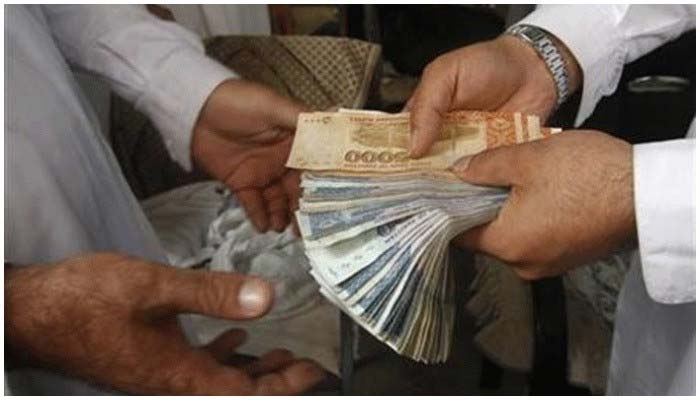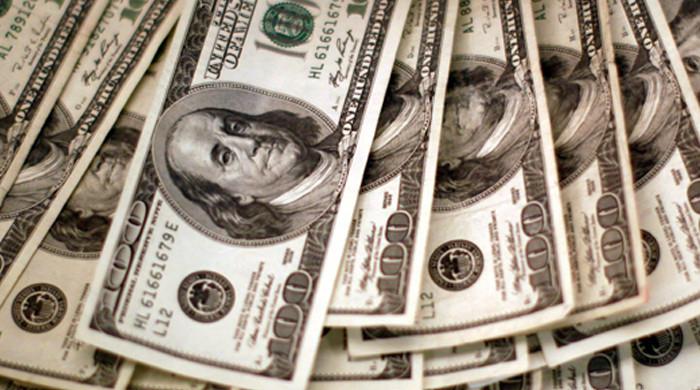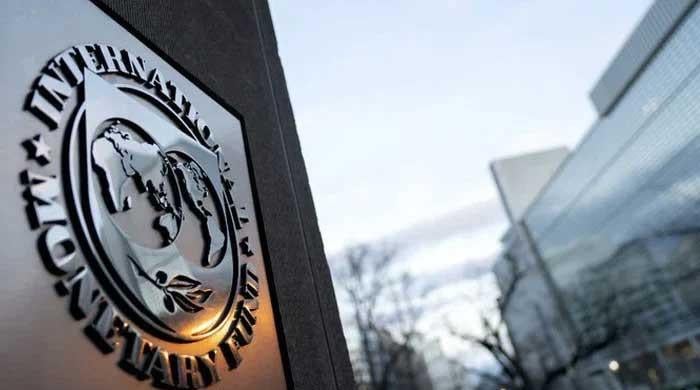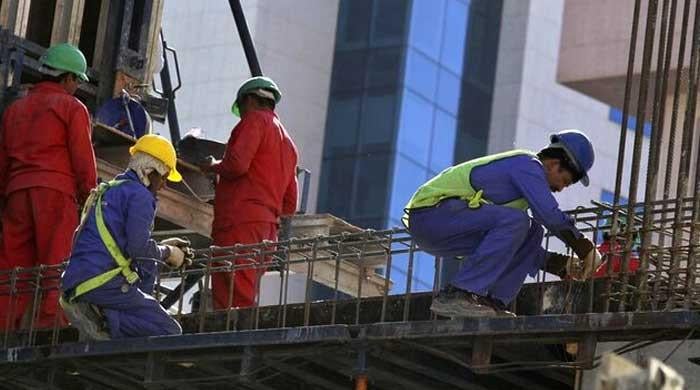Pakistani rupee in free fall: US dollar climbs over 189-mark during intra-day
Rupee closes at Rs188.18 in the interbank market, down Rs2.05 from previous day's close of Rs186.13
April 07, 2022

- Rupee closes at Rs188.18 in the interbank market, down Rs2.05 from previous day's close of Rs186.13.
- Recent round of depreciation emerges as political crisis deepens in country.
- SBP remains silent over current exchange rate situation.
KARACHI: The Pakistani rupee surpassed all records on Thursday, selling at above Rs189 against the dollar in the interbank market during intra-day trading, to continue down a slide that has seen it lose more than 10% since March 4 in the wake of the deepening political crisis in the country.
The local currency closed at Rs188.18 in the interbank market, down Rs2.05, or 1.09%, from Wednesday’s close of Rs186.13.
The rupee has continued a non-stop downward streak for the 17th successive working day, except on March 24 when it closed flat compared to the previous day’s closing as investors worried about the political situation and economy, adding pressure on the central bank to rescue the falling currency.
Read more: SBP allows banks to raise credit limit of OMCs to facilitate oil imports
Speaking to Geo.tv, former finance minister Dr Hafiz Pasha said that the Pakistan currency is under double pressure — economic and political.
“Uncertain political situation, rising current account deficit and depleting foreign exchange reserves are the prime reasons behind the free fall of the rupee against the greenback,” he said, mentioning that suspension of the International Monetary Fund (IMF) programme has also raised concerns among investors.
The rupee has maintained a downward trend for the past 11 months. It has lost 23.58% (or Rs35.91) to date, compared to the record high of Rs152.27 recorded in May 2021.
With a fresh decline of 1.09%, the Pakistani rupee has depreciated by 19.44% (or Rs30.64) since the start of the current fiscal year on July 1, 2021, data released by the central bank revealed.
Pasha mentioned that Pakistan’s requirement for next four-five months is around $13 billion; however, due to the ongoing political and economic crisis, it is “difficult” to meet the demand.
Read more: Pakistan's pace of economic growth to slow down to 4% in FY22, says ADB
Other currency dealers believe the recent round of depreciation emerged after the political crisis deepened in the country which also created problems for the importers in arranging dollars to make payments; however, SBP remains silent over the current exchange rate situation.
In times of currency depreciation, traders’ guidance triggers panic buying in the market. They convince importers to buy more in a short period to make their payments so this unnecessary demand creates a shortage of dollars in the market.
At the same time, they advise exporters to not sell dollars and hoard it in anticipation of further depreciation, which weakens the greenback supplies.
It is worth mentioning that the State Bank of Pakistan (SBP) had adopted a flexible market-based exchange rate regime in 2019.
The former finance minister said it is “extremely important” that the authorities take “extreme measures” during these dire times.
Elaborating further on these measures, he shared the two steps that, if taken, can control the out of hand currency devaluation. They are:
- Imposing import quotas on non-essential imports (luxury items)
- Once the imports are curtailed, SBP should intervene in the market
Read more: Gold price in Pakistan reaches all-time high
Regarding political dilemma, he said it is important for the Supreme Court to announce its verdict on the "unconstitutional" act by National Assembly Deputy Speaker Qasim Suri to block the vote of no-confidence against Prime Minister Imran Khan.
“Once Supreme Court’s verdict is there will be some clarity on the political front which will help the currency market,” he said.
Reiterating his stance on the extreme measures, Pashsa said that imposing import quotas is very important because it takes years to increase exports; however, imports can be curtailed within a short-time period.
“If we manage to contain the rising imports, the rupee is expected to close the ongoing fiscal year 2021-22, ending on June 30, slightly above Rs200 against the US dollar, he said, mentioning that if this doesn’t happen and political crisis continues to deepen then “floor will go out of our hands.”









